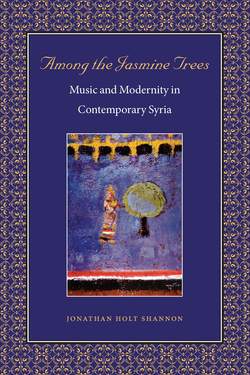Читать книгу Among the Jasmine Trees - Jonathan Holt Shannon - Страница 8
На сайте Литреса книга снята с продажи.
A NOTE ON TRANSLITERATION
ОглавлениеIn this work I use a transliteration system adapted from that of the International Journal of Middle East Studies (IJMES). For Arabic text in the modern standard variety (al-fuṣḥā), I closely follow the IJMES usage with the exception of initial al-, which appears only in proper names and Qurānic verses. The transliteration of the different varieties of colloquial Arabic spoken in Syria presents numerous problems. I have aimed for clarity and in most cases have brought the transliteration in line with the standard variety so that readers unfamiliar with Syrian colloquial may identify the standard equivalents, if they exist. I use the standard Arabic plural forms, although in many cases I utilize colloquial plurals when the standard plural forms are seldom or never used (nās muḥtaramīn, not muḥtaramūn). When Arabic plurals would prove awkward or unnecessary I have used the English -s (e.g., dhikr, pl. dhikr-s, and not adhkār). Speech is transliterated in the closest approximation to the variety used. Qurānic text citations refer to the Arabic original and translations are adapted from N. J. Dawood’s translation (1991). I give proper names full articulation and use European spellings for commonly used proper names (George and not Jūrj) and non-IJMES transliterations when individual artists use them in their own publications or recordings (Moudallal and not Mudallal).
The transcription of Arab music presents unique challenges of its own. I have again aimed for simplicity, using capital letters to indicate all pitches. The neutral second interval (“half-flat” or “quarter-tone” interval) is indicated by and the “half-sharp” by .
